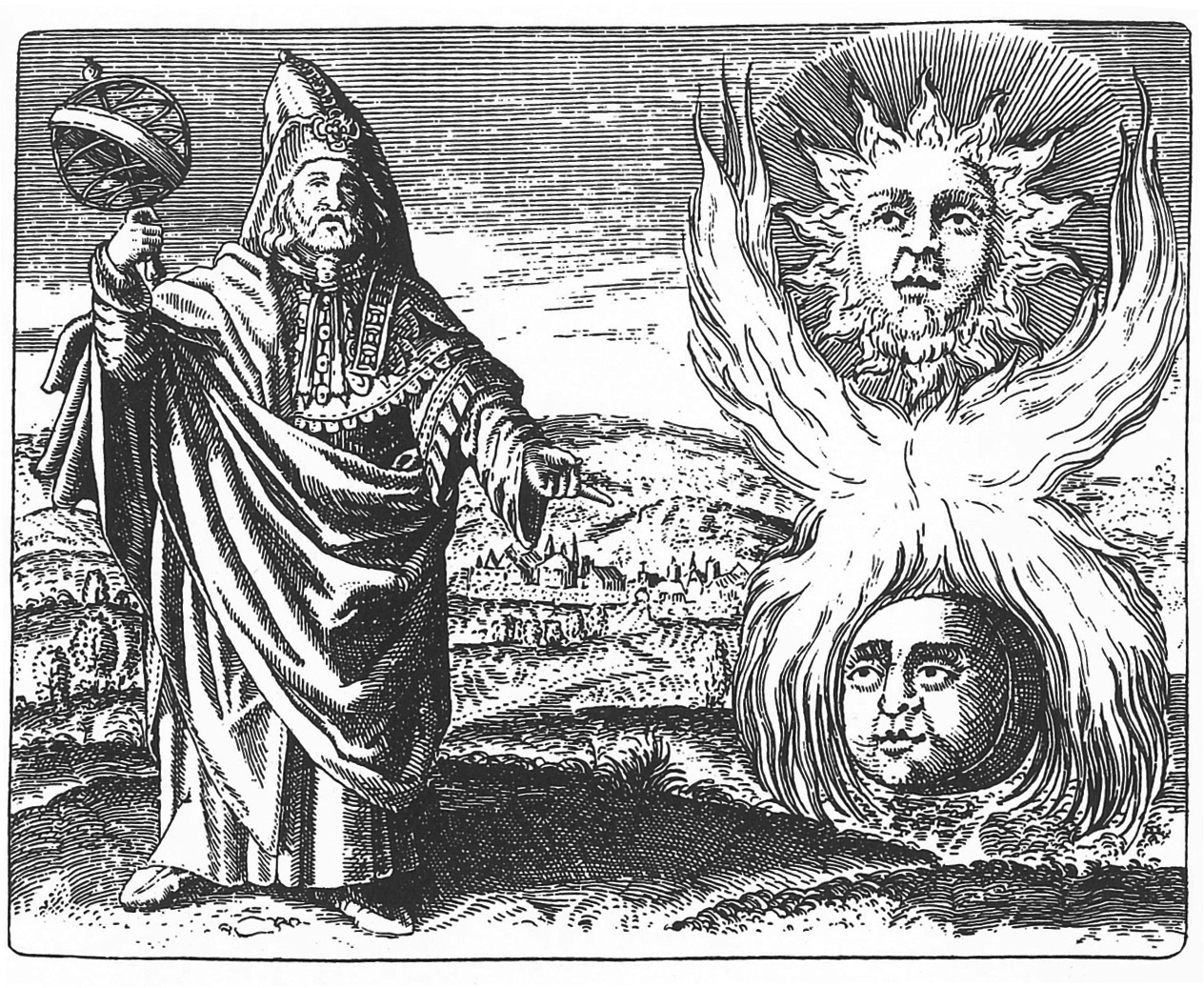For centuries, adherents of the ancient study of alchemy have dedicated their lives to find the fabled process which turned base metals such as lead and mercury into gold. This process, known as Chrysopoeia – the transmutation of gold, had been sought after so relentlessly, that it has often become synonymous with the practice of alchemy itself. While the efforts of these alchemists ultimately proved fruitless, modern day nuclear physics has turned the myth into an actual scientific possibility.
In fact, with the advent of nuclear reactors and particle accelerators, scientists almost routinely create new elements in their experiments. For example, most commercial reactors harness the fission reaction to split uranium atoms, forming smaller elements such as xenon and strontium in its wake.
The scientific transmutation of gold follows a similar principle, where gold particles are often by-products of a split from a larger atom. There have been multiple ways of synthesizing gold in this manner, and one of the most commonly known methods was performed in 1980 at the Lawrence Berkeley National Laboratory in California (LBNL). Using the lab’s particle accelerator, scientists shot beams of carbon and neon nuclei at near light speeds and observed as they crashed into large foils of bismuth, a common base metal. They found that when the nuclei collided with a bismuth atom at such a high velocity, a physical reaction occurred in which the fast moving particles actually sheared off a portion of the bismuth atom, leaving behind a slightly smaller element. For atoms which lost specifically 4 protons, certain isotopes of gold were found to have been created.
So if the synthesis of gold is actually possible, why aren’t today’s nuclear scientists basking in unimaginable wealth? For one thing, the experiment performed at the LBNL produced only an infinitesimal amount of gold, so little that the scientists couldn’t observe it without special technology. They had to confirm the existence of the gold particles by analyzing their radioactive decay in a course of an entire year. Also, most of that gold was made up of unstable isotopes, meaning they were radioactive and would not have any commercial value even if a large amount was created. Last but not least, the entire process took an exorbitant amount of both energy and expense. When the experiment was conducted in 1980, it had cost the LBNL about $5,000 an hour to operate the particle accelerator. It took the scientists one full day of use to produce the few gold atoms that were observed. To put things into perspective, it would cost more than one quadrillion dollars and over 20 million years to use this method to produce a single ounce of gold.
Nuclear technology has made tremendous strides since then, but it is still nowhere near a level which can mass produce gold. For now, it might be more practical to just buy it at just under $1800 an ounce.
Image Source: Tumblr
Source: Scientific American


